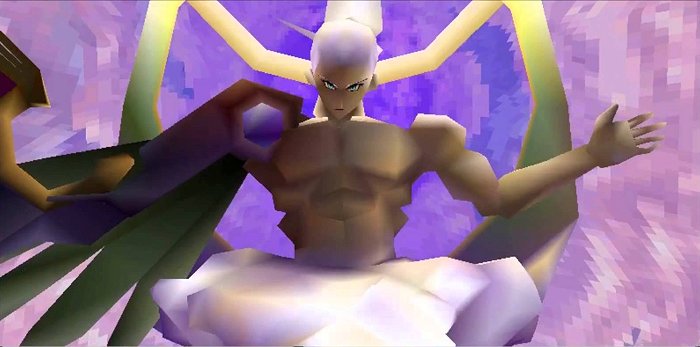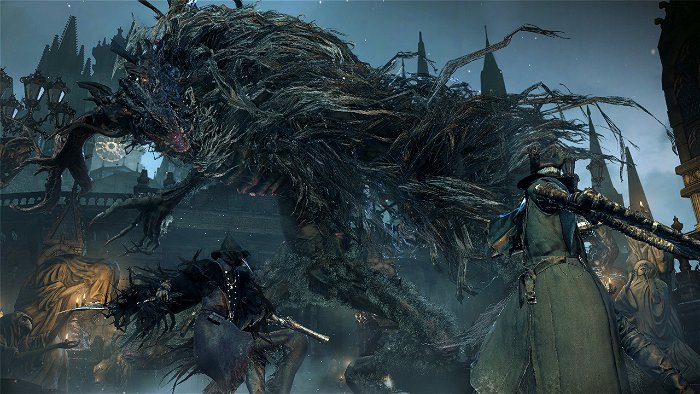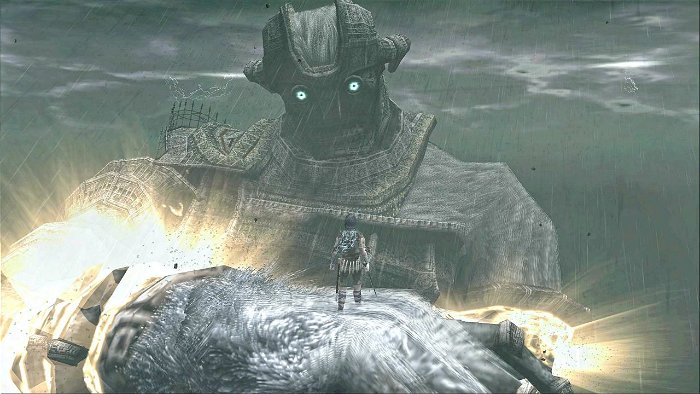The final battle with Sephiroth’s one-winged angel form. Psycho Mantis reading the player’s memory card. Taking down the towering giants of Shadow of the Colossus. Boss fights make for some of the most iconic and memorable moments of gaming’s history. So, why are most of them today so boring?

The boss fight is one of gaming’s oldest traditions, dating back to the special ships that would appear at the top of the screen in Space Invaders. Since then, even as video games evolved into different genres, bosses have always been a staple no matter the category. Platformers, first-person shooters, RPGs, fighting games—all have a history of taking down one super-powered enemy that dates back to their earliest days. This remains the case today: out of 54 major indie and AAA game releases in 2016, 32 feature boss fights, and most of the ones that don’t are puzzle or adventure games where it wouldn’t make sense. Yet, when you ask most players who the last memorable boss they fought was, they’d probably have a very tough time giving you a name.

That’s not to say that there aren’t any. Of the games released this year, Salt and Sanctuary, Hyper Light Drifter, Enter the Gungeon, Star Fox Zero, Doom and Titanfall 2 all had interesting battles, with Bloodborne and the Souls series being the modern gold standard in terms of having epic, interesting boss fights. These games nail the core requirements of a good boss: character and playability. When making a game with bosses, each one should have an interesting design that conveys a unique personality. In terms of playability, there should be a unique strategy to defeat each boss that differs from the other in-game enemies. Ideally, a boss fight should have a central theme that ties together the setting, the boss’s attacks, and the boss itself. This makes them more fun for the player to fight since it feels like they’re actually fighting an individual something or someone, as opposed to the faceless grunts they’re usually going up against. The best bosses break up the action so that it doesn’t get tedious fighting the same enemy over and over.

However, the grand majority of modern games don’t do this, if they do it at all. Look at the obnoxious bullet sponges of The Division; they come into an area where there are regular enemies and you shoot them as you would a normal enemy with larger health until they drop dead. A better example would be the final confrontation of Quantum Break, a game that, up until that point, had no boss fights. Suddenly, in the game’s climax, players are faced with the game’s main antagonist, Paul Serene, throwing waves of elite enemies at them, offering a brief opportunity to damage him when they’re killed, and repeat until he’s defeated. In a game built around creative and interesting time powers, a climactic battle against an enemy with the same abilities as you should be a wonderful canvas to paint wild ideas about how the player character and main antagonist would fight each other. Instead, they barely interact at all during what’s supposed to be the most intense moment of the game.

Even more egregious is building up to a last battle against the villain, only to leave the player with a few elite enemies. Perhaps the most blatant offender in this category of 2016 is Mirror’s Edge Catalyst, where in the game’s last playable moments, you fight the same guards you were fighting in previous levels. The main antagonist, Gabriel Krueger, does do battle with the player character Faith…in an ending cutscene. Street Fighter V, a game in a series with a history of challenging and unique bosses, ends every story the same way: a fight against an AI-controlled M. Bison, with no differences from the character you can choose in the select screen.

As players, we want to feel more involved in the stories of video games than those of film or TV. That means personally mowing down every enemy in our path, solving every puzzle and overcoming every challenge. When taking that into account, being the one to personally take down those responsible for the protagonist’s hardships is an experience unique only to video games. There’s a sense of satisfaction to defeating the best bosses—a feeling that you defeated an enemy more formidable than those that came before, a monster bigger than the small fry you’ve been fighting, a villain at the root of the conflict you must overcome. These battles are practically as old as video games themselves, and they’re integral parts of almost any story. Boss fights are great ways to break up the monotony of a game, to let the devs explore new and interesting ways for the main character to fight, for players to feel like they’re battling against a tangible enemy and win. This is what makes the lack of effort by developers into them these days disheartening.

Some gaming traditions, like, say, film-licensed games, dissipate with the times. However, this shouldn’t be the case with the boss fight. As they are now, boss fights are obligatory—they’re there because they have to be, and often are not particularly well thought out. All we ask is: if they’re going to be there, then why not do something with them?



